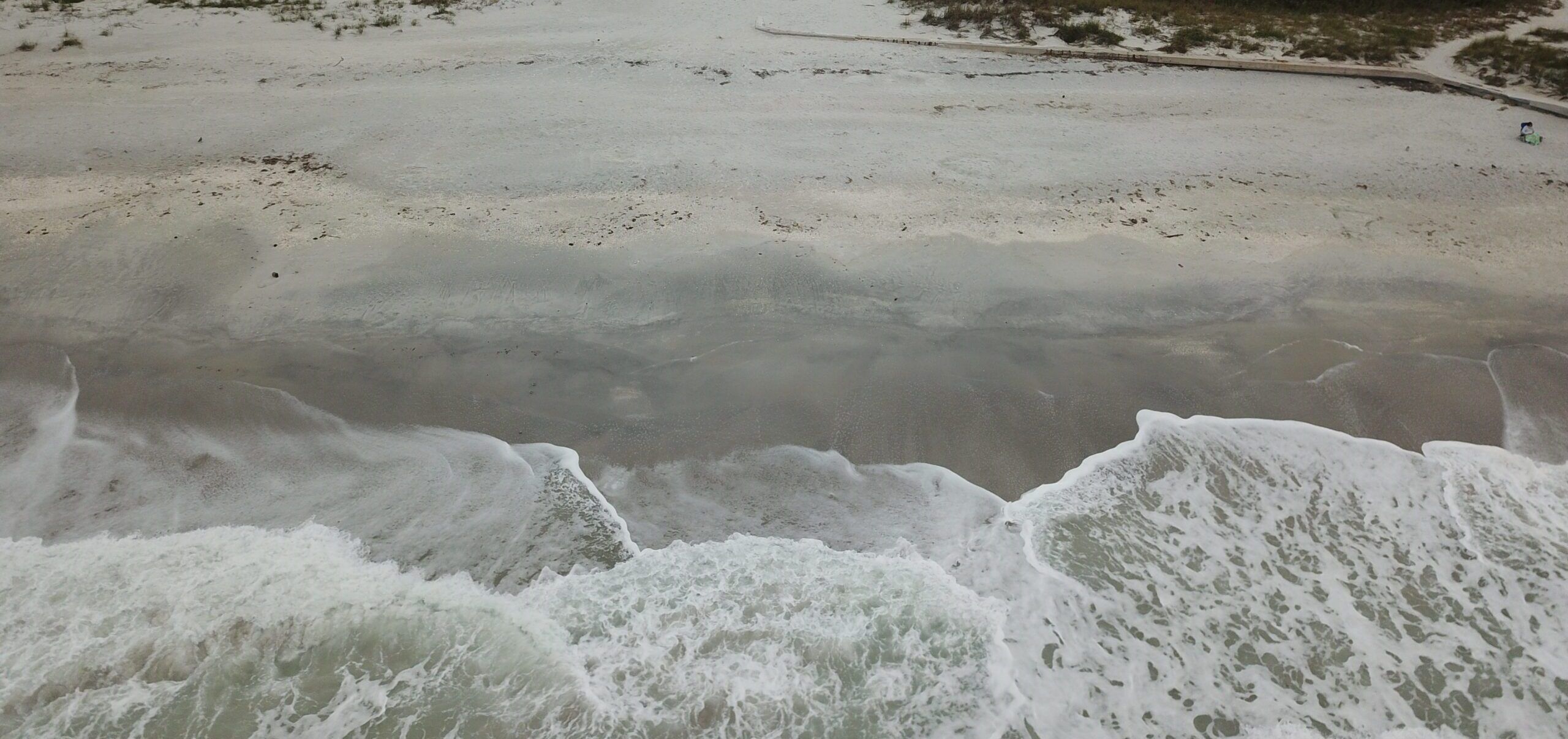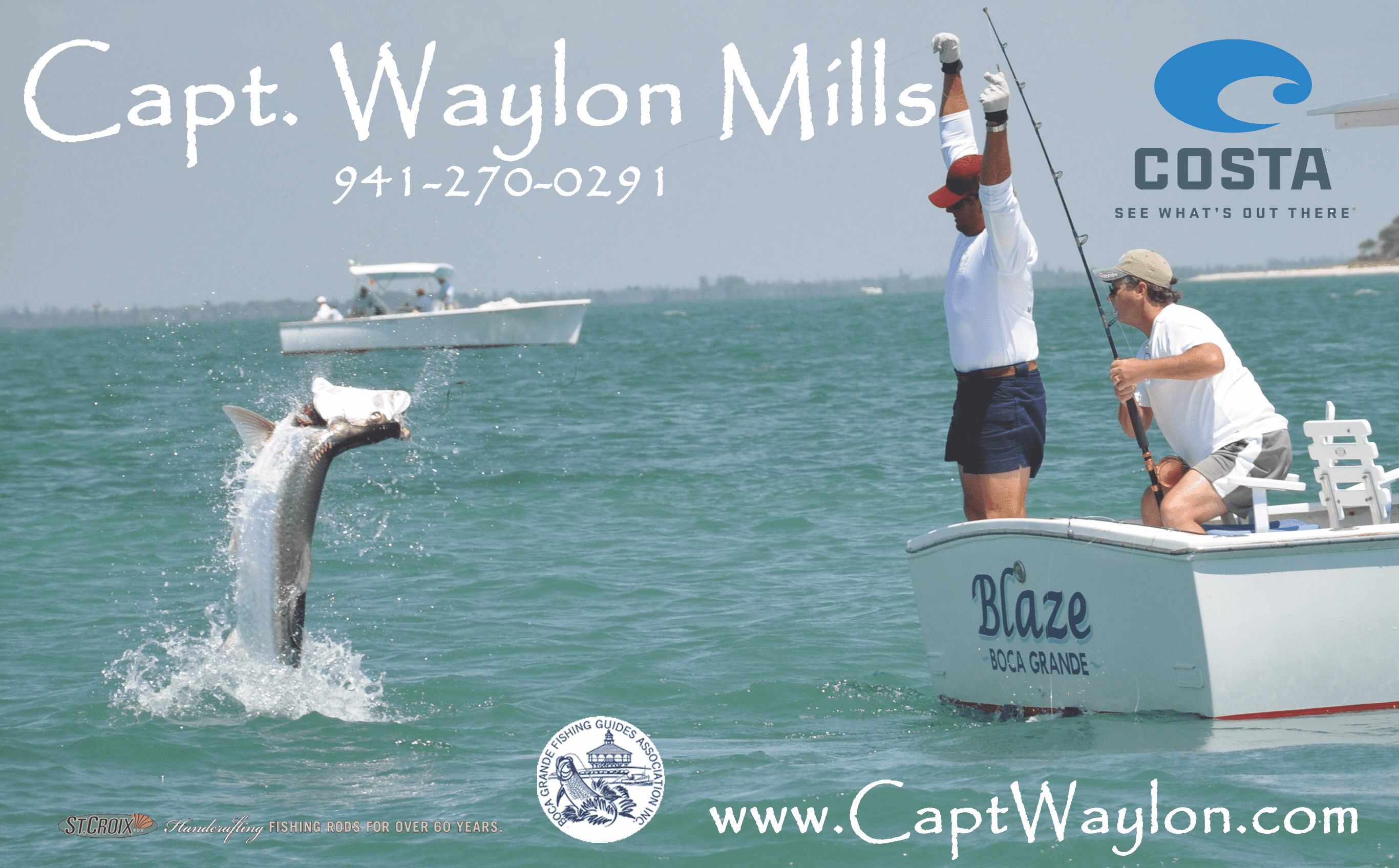Rip currents are by far the biggest beach hazard

BY DR. JOHN FLETEMEYER
You would think that the TV weather reporter, being the professional that they report to be, would know the difference between a rip current and rip tide, but often they don’t.
As an ex-lifeguard, coastal scientist and author of a book about rip currents, I’m disappointed when I hear a weather report warning viewers about “rip tides.” My disappointment lies in the fact that they are wrongly calling rip currents, rip tides. They should know better. Rip currents (not rip tides) are strong, narrow bands of water leading from the beach, through the surf zone and beyond. Rip currents are generated by waves and often flow through channels between sand bars.
Some rip currents are called migratory rip currents. They move down the beach usually in the direction of the longshore current. Others are permanent rip currents located near piers, groins and jetties.
Old research describes rip currents as weakening once past the surf zone, then ending usually several hundred feet from shore. New research has found that this is not accurate. This new research, thanks to more sophisticated equipment and greater computer power, discovered that rip currents circulate back towards shore before heading back out to sea. This new research questions advice often given to bathers about what to do if caught in a rip current.
Signs posted on the beach tell bathers how to identify rip currents and how to escape a rip current by swimming parallel to shore and then back to the beach. This may be good advice but only if one is an accomplished swimmer. Many years ago, I conducted an experiment featuring an Olympic gold medal swimmer. In a strong rip current, he attempted to swim back to shore. He didn’t make it. He had to swim sideways to escape the grip of the current.
Research that several of my colleagues and I have conducted suggests that it is often not possible to identify a rip current, and questions the effectiveness of advice mentioned above. Actually, the best advice in a no-brainer: Find a beach with lifeguards and always swim near a lifeguard.
Some beaches rely on flag warnings, but research has shown that bathers are often confused about the meaning of the different-colored flags, green, yellow, red, double red and purple. Additionally, there is always a lag time between the condition that is happening now and the time when an appropriate color flag should be flown.
Another important finding: Contrary to popular belief, more rip current drownings happen during moderate surf conditions, not during rough surf. This is because weak swimmers are usually fearful of big waves, not wanting to venture in the water. During moderate surf, weak swimmers are more likely to go further into the ocean.
What are rip tides? They are tidal-influenced currents that are typically found in a bay or inlet. When the tide begins to ebb (fall) the current is created flowing away from the shore. This is a rip tide.
Having researched rip currents for over 40 years, I have learned that rip currents are by far the most significant beach hazard. When asked more than 500 bathers what they believed was the most serious beach threat, over 70 percent believed that sharks were. This is surprising, because shark attacks are exceedingly rare. In contrast, more than 100 bathers die in rip currents each year.
Finally, allow me to discuss undertow. Most people believe that the undertow is a hazard that must be avoided at all costs. Fact: Undertow is a myth that does not exist. When a bather is standing in knee- or waist-deep water, and when a wave runs up the beach and then quickly returns to the ocean, the water suddenly becomes deeper. This gives the sensation of being pulled under. So, next time that you go to the beach, you don’t need to be fearful of an undertow.
About the author: Dr. John Fletemeyer, a former research professor at Florida International University’s Laboratory for Coastal Research. A new resident of Useppa Island, Fletemeyer is known worldwide for his expertise in both rip currents and beach ecology. He is the co-founder of the International Rip Current Symposium program and has appeared as an aquatics expert on “60 Minutes.” He also a passionate advocate for Florida’s beaches.









